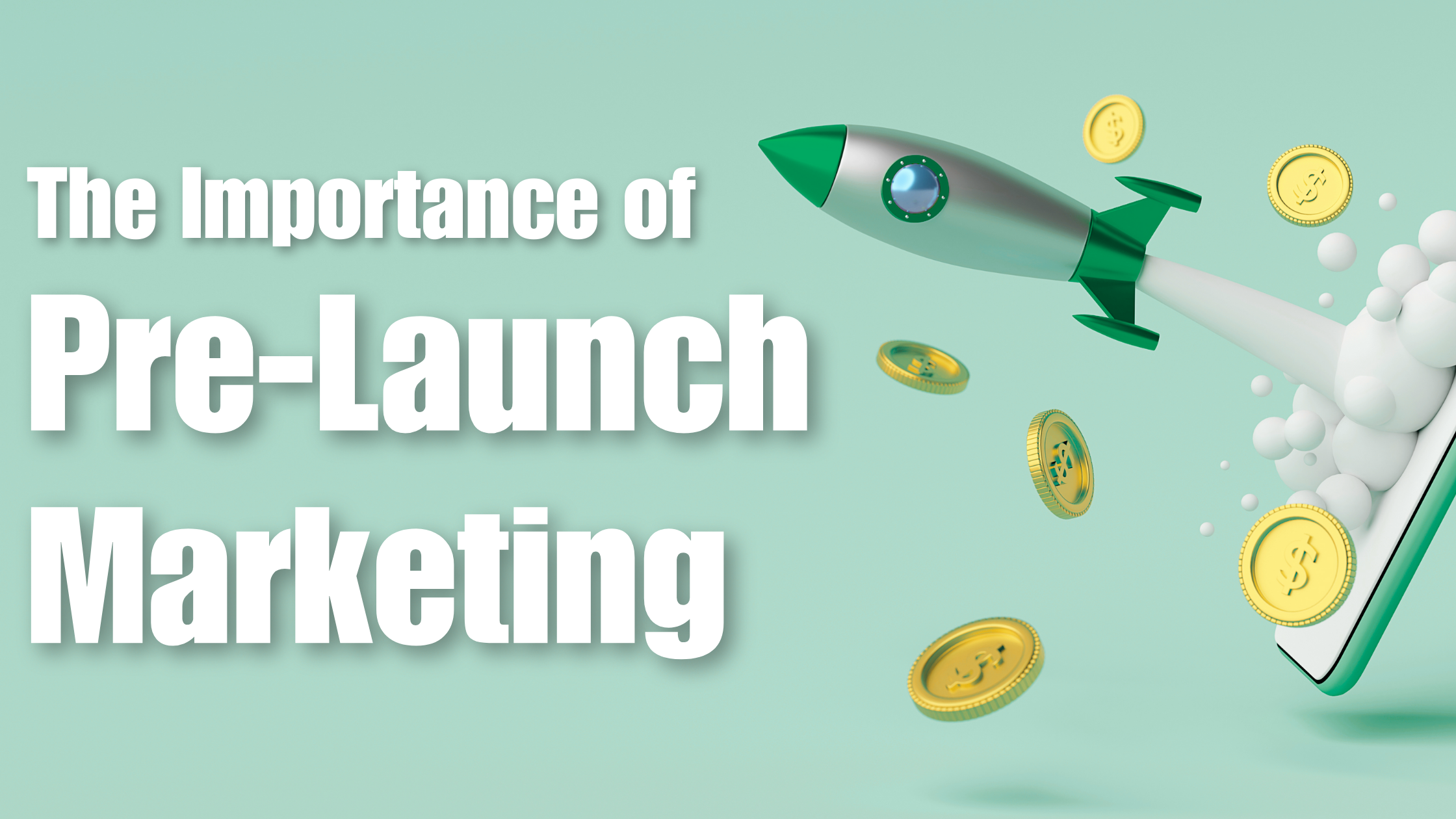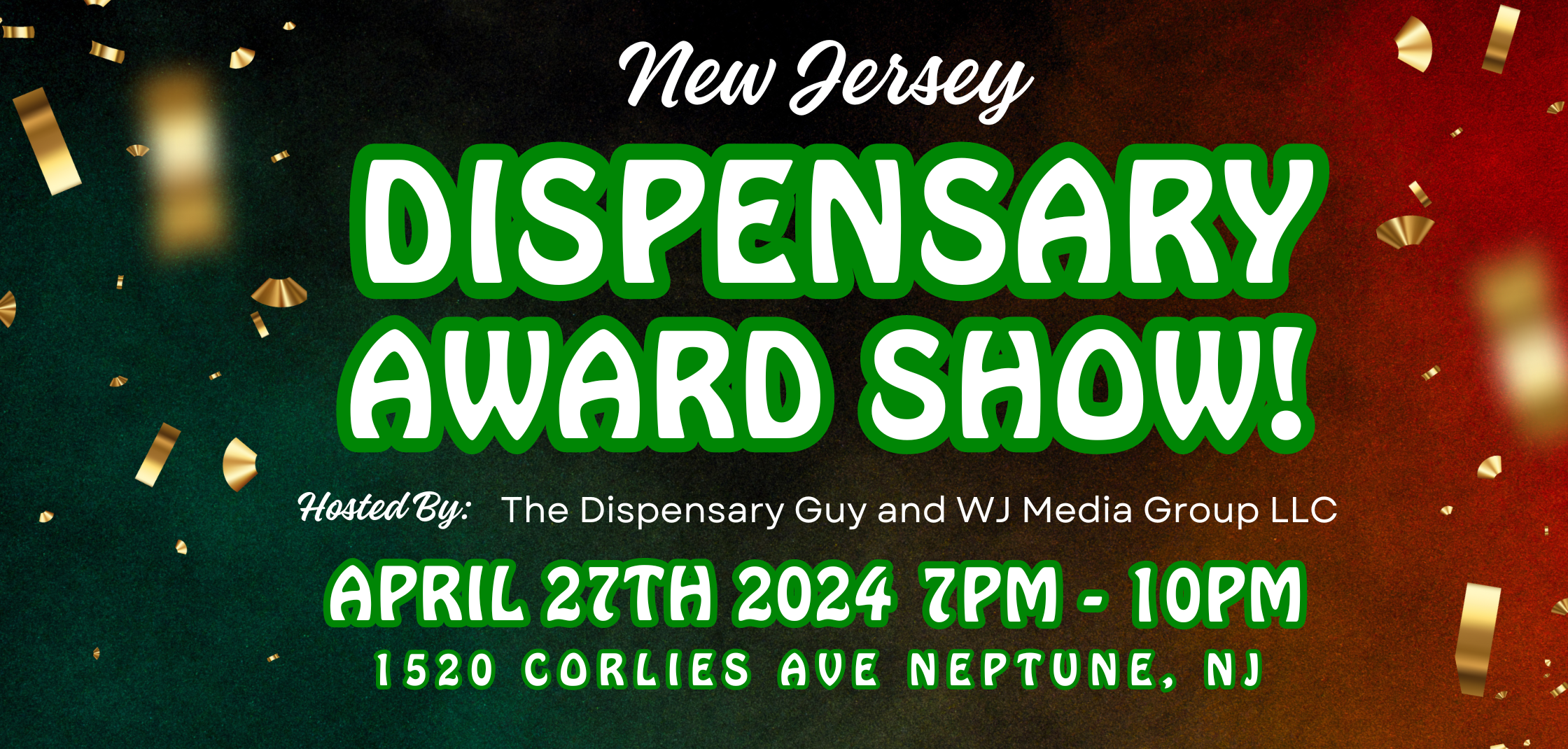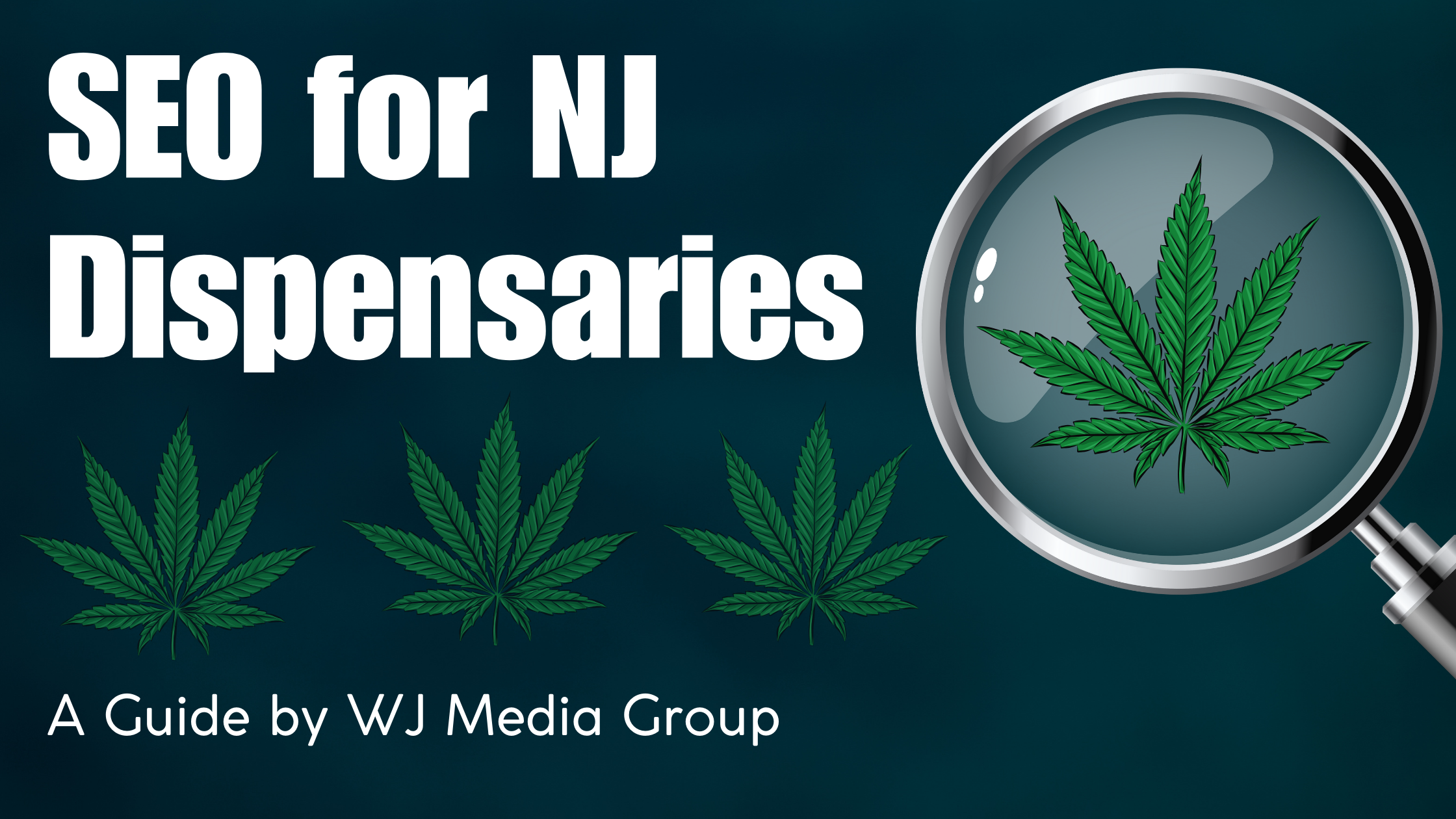Despite the fact that social media platforms all revolve around “social networking websites,” they differ quite a bit. It’s not just the base functions and user experience that are different. In the back, all of the top social media websites, rank content and users using algorithms. These main platforms are Facebook, Instagram, Twitter, LinkedIn, and Pinterest.
The focus is to enhance the importance and viewership of local, familial, and friendly posts, rather than strictly business posts. While user-friendly content is the primary driver, another strategy the Facebook algorithm includes is spam management. Back in 2018, in just the first few months of its application, Facebook located and discarded more than 500 million false accounts.
Instagram has become a popular hub to find and post various types of content. Its algorithm focuses on every aspect of social media, from relevancy and connection to engagement and content popularity. The algorithm promotes Instagram’s users to comment, share, and likes. This cycle is applied, bracketed by ads and further posting, rinse and repeat.
Twitter’s algorithm is unique, as it ranks its posts not only by relation to the user but to time and date posted as well. Fresh and updated material will rank higher than day-old news. The number of comments on a tweet will also have an influence on its rank.
LinkedIn is known as the leader in B2B marketing. This social platform is dedicated to networking, rather than posting content and building followers. It does this so successfully that it is the most popular platform for Fortune 500 companies to use. The site has developed an algorithm based on connection and engagement. Strong and relevant content is the key to success. Even if you don’t have a lot of links in your networking chain, you can continue to build onto it later.
While Pinterest has a very different layout and follower strategy, we’re going to include it in the social platform lists. Its guided search method uses data collected from past content interactions to encourage new links. Searching, for one thing, will suggest relative content as you continue to use it. The benefit to this interest-themed algorithm is that it’s always showing the user something Pinterest knows they like. This makes the content more likely to be consumed and enjoyed.


